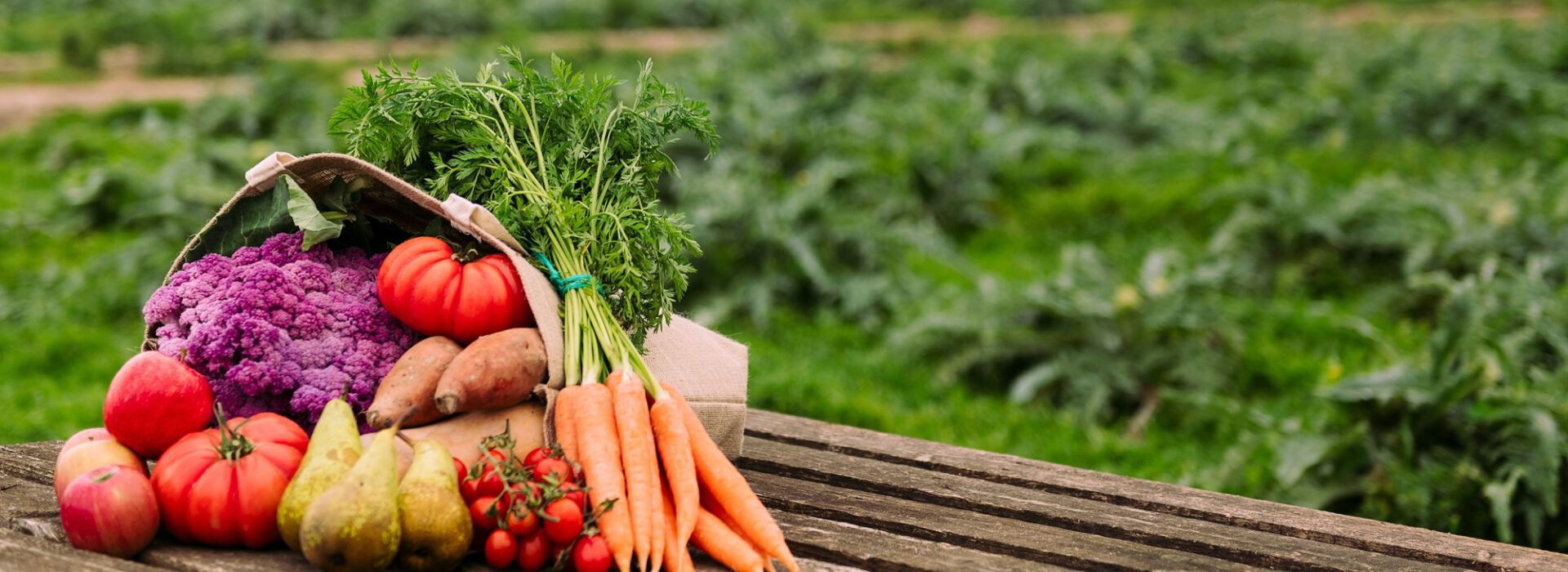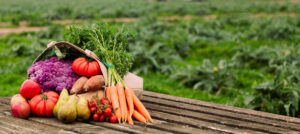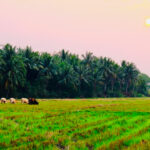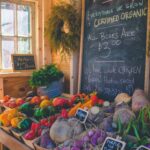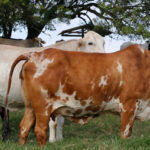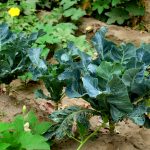Organic agriculture is a holistic approach to farming that integrates cultural, biological, and mechanical practices to foster the cycling of on-farm resources, promote ecological balance, and conserve biodiversity. This farming method strives to maintain and enhance soil and water quality, protect wetlands, woodlands, and wildlife, and avoid the use of synthetic fertilizers, sewage sludge, irradiation, and genetic engineering. By employing natural processes and materials, organic producers develop sustainable systems that support soil, crop, and livestock nutrition, manage pests and weeds, and preserve biological diversity. This guide provides an in-depth look at common practices used in organic farming to ensure the integrity and sustainability of operations.
Soil Fertility Management
Healthy soil is fundamental to organic farming, supporting robust plant growth and resilience against diseases, drought, and pests. Organic crop producers enhance soil quality through several key practices:
- Compost Application: Adding decomposed organic matter, such as plant residues and animal manures, improves soil structure and fertility. Composting not only enriches the soil with essential nutrients but also boosts microbial activity, enhancing soil health and plant growth.
- Green Manures: Planting cover crops, such as clover or legumes, and then plowing them back into the soil enriches the soil with organic matter and nutrients. These crops fix atmospheric nitrogen, making it available to subsequent plants.
- Animal Manures: Properly composted animal manures are rich in nutrients and organic matter. They improve soil structure, water-holding capacity, and microbial activity.
- Cover Crops: Using cover crops, such as rye or vetch, protects the soil from erosion, enhances soil organic matter, and suppresses weeds. These crops act as a living mulch, covering the soil and preventing nutrient loss.
- Conservation Tillage: Minimizing soil disturbance helps maintain soil structure and health. Techniques like no-till or reduced-till farming reduce erosion, improve water retention, and support beneficial soil organisms.
- Contour Plowing and Strip Cropping: Plowing along the contours of the land and alternating strips of crops reduce soil erosion and runoff, preserving soil integrity and fertility.
Organic producers strictly avoid the use of sewage sludge or biosolids, which can contain harmful contaminants.
Seeds and Planting Stock
The integrity of organic crops begins with the seeds and planting stocks used:
- Organic Seeds: Organic farmers prioritize the use of seeds and planting stocks produced through organic methods, ensuring that the entire lifecycle of the crop adheres to organic standards.
- Conventional Seeds: If organic seeds are not commercially available, conventional seeds may be used, provided they have not been genetically modified or treated with prohibited substances like synthetic fungicides.
This practice ensures that the crops are free from genetic engineering and harmful chemical treatments from the start.
Crop Rotation
Crop rotation is a cornerstone of organic farming, involving the sequential planting of different crops in the same field. This practice serves multiple purposes:
- Interrupting Pest Life Cycles: By rotating crops, pests and diseases specific to one crop are disrupted, reducing their prevalence.
- Soil Health Improvement: Different crops have varying nutrient needs and contributions, helping to balance soil fertility. For example, legumes fix nitrogen in the soil, benefiting subsequent crops.
- Erosion Prevention: Rotating crops with different root structures and growth habits helps prevent soil erosion and improves soil structure.
- Biodiversity Enhancement: Growing a variety of crops over time increases biodiversity, supporting a healthier ecosystem.
Typically, organic farmers follow one crop with another from a different family and wait several years before replanting the initial crop, ensuring the effective reduction of pest and disease levels.
Managing Pests, Weeds, and Diseases
Organic pest management relies on an integrated strategy known as PAMS (Prevention, Avoidance, Monitoring, and Suppression):
- Prevention: The first line of defense involves creating an environment that discourages pests, such as maintaining healthy soil and selecting pest-resistant plant varieties.
- Avoidance: Crop rotation, intercropping, and planting pest-free seeds help avoid pest problems.
- Monitoring: Regular field scouting and monitoring help detect pest problems early, allowing for timely intervention.
- Suppression: If pest control is necessary, organic farmers use mechanical and physical practices, such as:
- Biological Control: Releasing beneficial insects, like ladybugs or parasitic wasps, to control pest populations.
- Cultural Practices: Using crop rotation, cover cropping, and habitat enhancement to support natural pest predators.
- Mechanical Controls: Hand-picking pests, using traps, or applying barriers like row covers.
- Physical Controls: Applying mulches to suppress weeds or using flame weeding.
As a last resort, approved organic pesticides, such as naturally occurring microorganisms or plant-derived insecticides, may be used under strict guidelines.
Maintaining the Integrity of Organic Crops
Organic crop producers must prevent contamination and maintain the distinct identity of organic products:
- Buffer Zones: Establishing defined boundaries and buffer zones, such as hedgerows or non-organic crops, separates organic fields from conventional ones and prevents contamination from pesticide drift.
- Equipment Sanitation: Cleaning equipment between uses in organic and non-organic fields prevents cross-contamination.
- Split Operations: Farms that raise both organic and conventional crops must implement strict measures to ensure that organic crops do not contact prohibited substances through accidental sprays or residues on equipment.
These practices are crucial in preserving the purity and quality of organic crops from planting to harvest.
Organic Livestock Production Practices
Organic livestock farming focuses on the health, welfare, and natural behavior of animals, balancing productivity with environmental quality. Key practices include providing appropriate living conditions, ensuring access to organic feed, and promoting animal health through natural means.
Livestock Living Conditions and Facilities
Organic livestock producers prioritize the well-being of animals by providing:
- Outdoor Access: Animals must have access to outdoor areas, fresh air, clean drinking water, and direct sunlight. This promotes natural behavior and reduces stress.
- Shelter: Livestock shelters should protect animals from extreme weather, ensure adequate ventilation, and provide space for exercise.
- Clean Living Conditions: Maintaining clean and sanitary living conditions helps prevent disease and promotes overall health.
Grazing
Grazing is essential for organic ruminant animals (e.g., cattle, sheep, and goats):
- Access to Pasture: Animals must have access to pasture during the grazing season, with continuous confinement prohibited except under specific conditions for health and safety.
- Nutrient Cycling: Grazing animals convert forage, legumes, and grasses into valuable products like meat, milk, and wool while providing manure that enriches the soil.
- Rotational Grazing: Moving animals between pastures helps prevent overgrazing, improves forage quality, and supports soil health.
Animal Health
Organic animal health practices focus on prevention and holistic care:
- Breed Selection: Choosing breeds well-adapted to local conditions reduces the need for medical interventions.
- Balanced Nutrition: Providing a balanced diet, including certified organic feed, supports strong immune systems.
- Low-Stress Environment: Ensuring low-stress living conditions enhances animal well-being and productivity.
- Preventative Care: Regular vaccinations and other preventative measures are used, but antibiotics and growth hormones are strictly prohibited. Organic producers manage exposure to diseases and parasites through proper sanitation, grazing management, and preventive measures.
Organic Feed
Organic livestock must consume certified organic feed:
- Certified Organic Feed: Feed must be grown and processed according to organic standards. This includes pastures, forages, and bedding.
- Prohibited Substances: Hormones for growth promotion and other prohibited substances are not allowed. Only certain additives, like vitamins and minerals, are permitted in trace amounts if not produced organically.
Animal Origin
Organic livestock practices ensure animals are raised under organic conditions:
- Gestation: Livestock must be raised organically from the last third of gestation.
- Poultry and Eggs: Birds used for poultry or egg production can come from any source but must be raised organically from the second day of life.
Conclusion
Organic farming is a comprehensive approach to agriculture that prioritizes environmental health, animal welfare, and sustainable practices. By maintaining soil fertility, using organic seeds, practicing crop rotation, managing pests naturally, and ensuring the integrity of organic products, organic farmers contribute to a more sustainable and resilient agricultural system. Livestock practices that emphasize natural behaviors, organic feed, and preventive health measures further support the goals of organic farming. Through these practices, organic agriculture fosters a balanced ecosystem, conserves biodiversity, and produces high-quality, nutritious food.

